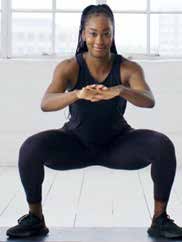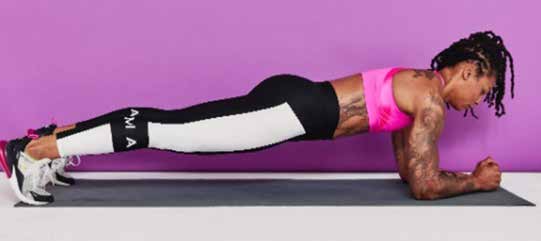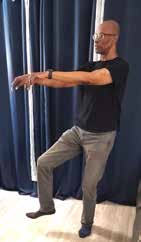
“This year, I’m going to get in shape.” “I’m going to eat healthier and get regular exercise.” “I’m going to take more ‘me time’ and practice self-care.”

These are resolutions many Americans make to themselves around this time every year as Peloton, Planet Fitness, and Lululemon will attest. They are noble goals. And, while it is always a good idea to be active, it also makes good sense to be practical about what you can achieve. As any “gym rat” will tell you, more than half of the new members working out at health clubs in January of the New Year will have disappeared by the first of February. Exercise is good for you. Everyone knows that. What everyone may not know is exactly why and how regular activity improves our intellect, by helping to improve one’s mental as well as physical health and extending one’s life. Aside from obvious benefits, like improving body weight and muscle mass, regular exercise reduces one’s risk for chronic diseases. And the release of endorphins that come from exercise has been shown not only to improve our mental health but to also lift our mood.
According to Dr. Claudia Fegan, Chief Medical Officer of Cook County Health— “There are many good reasons why we should all get some form of exercise regularly, especially as we get older . . . Bending our knees and our hips are important to increase core strength. And core strength is important, because that is where strength is needed to catch ourselves and rescue ourselves from a fall.” She adds, “Physicians will tell you a good, attainable goal is to exercise for 30 minutes a day, five days a week. Then, if you aim for five days a week, you might make three – so at least you have done something. Or, if you try to do something every day and miss one day, you have not blown the week. And you
still have other opportunities to try to make up for lost time.”
She adds, “Just standing up from a chair 10 times without using your hands is a great exercise for sedentary folks.”
We can increase the chances of making our fitness resolutions stick by choosing activities we enjoy, like walking, biking, or swimming or taking a 30-minute walk or bike ride before work, or walking to the train station instead of catching a bus.
Johnathan Robinson began learning about Tai Chi and its meditative qualities as a form of exercise in the 1980’s. He began taking classes under the tutelage of a Tai Chi Master and earned certification himself as a Qigung Instructor from the Chinese Cultural Academy more than thirty years ago. “It was the relief from stress that first attracted me,” Robinson said. “At the time, I was about synchronicity, mind, body coordination, and energy flow from Eastern philosophies like Taoism and Buddhism. But the added benefits of improved flexibility improved focus, and better concentration drew me in.”
According to a 2019 Harvard University study, there is growing evidence that Tai Chi has value in treating or preventing many health problems. Often described as “meditation in motion,” Tai Chi might well be called “medication in motion,” according to the study.
[EXCERPT: The Harvard Medical School Guide to Tai Chi: 12 Weeks to a Healthy Body, Strong Heart, and Sharp Mind (Harvard Health
Publications)]
Six of the Eight Active Ingredients of Tai Chi are as follows:
1. Awareness (focused attention)
2. Active Relaxation
3. Strengthening and Flexibility
4. Natural, Freer Breathing
5. Social Support
6. Embodied Spirituality







